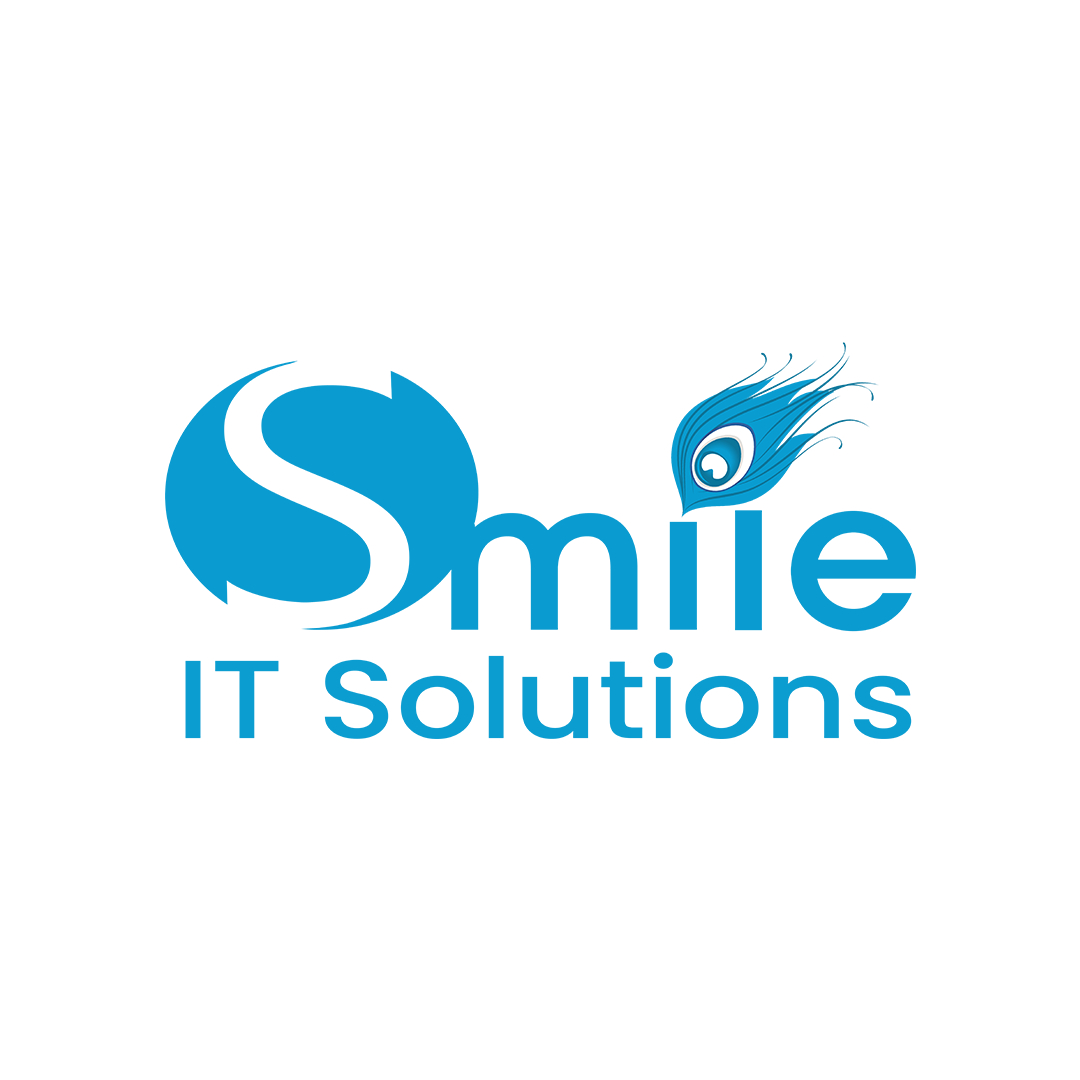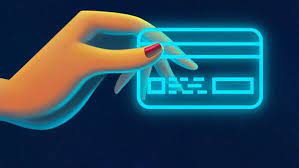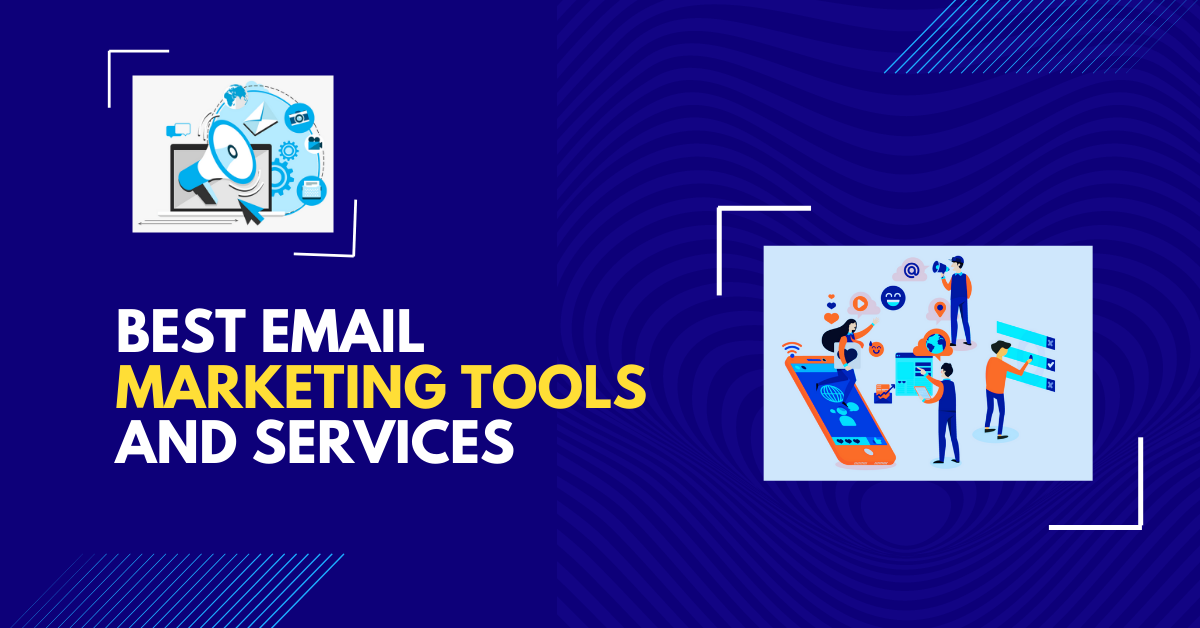
We all remember Marlin (Nemo's dad played by Albert Brooks) following Dory (Ellen DeGeneres) around and trying to understand her philosophy of "Just Keep Swimming". While it might promote sanity, it's the worst thing you can do for your brand.
By "Brand" I obviously mean more than simply your logo, corporate identity, or website. None of these tangible brand expressions is really your brand. Your brand is really more of an idea, a powerful concept of how your audiences see, talk about, and experience your company
You are shaping your brand whenever you send an e-mail, hand out a business card, discuss your company with a prospect, place an ad, send direct mail, hand out sales literature, or deliver a speech. From time to time you need to refresh your brand: take it apart, examine it, look for areas of improvement and differentiation, clarify messaging, and retool visual brand expressions.
In Part 2 of our 3-part Series on Rebranding, you'll learn:
- The Key Components of a Strong Brand
- How Long It Will Take to Rebrand
- How Much It Will Cost to Rebrand?
- Build Your New Brand Right
Although every brand is a blend of ideas, words, visual elements, and touch points, a solid brand is built around four key components:

1. Strategy
I know this is a cursed word, invoking images of "homework", dry research, and dull reports. If it helps, call it a Directional Plan because that's what is needed. Based on client input, online competitive
research, and customer phone interviews, the strategy assesses the strengths and weaknesses of past marketing efforts, identifying opportunities for differentiation and improvement. A final deliverable summarizes positioning that explains how your company is different and why customers and other key audiences should care.
2. Messaging
Your messages must take the strategy one step further, determining specific benefits for products, services, and the company itself. Each message must directly support the differentiation established in your strategy, as well as be easily understood, believable and supported by proof points such as 3rd party research, testimonials, case studies, and comparison charts. Developing a messaging hierarchy establishes important messaging priorities.
3. Visual Identity
Your visual identity includes all of the visual expressions of your brand, including your corporate identity, website, sales literature, trade show graphics, advertising, signage, and more. Consistency is key here with regard to color, shapes, images, typography and layout. Make certain that your brand's visual components help distinguish your company from similar competitors. By aligning your brand's visual tone and attitude with your strategy, you build trust and engage potential customers for the right reasons.
4. People
A final piece of the brand puzzle involves how your people interact with customers. Not just tech support, but customer support, sales staff, receptionists, field engineers - everyone. With proper training every person in your company can provide a quality brand touchpoint.
How Long Will It Take to Rebrand?
How long will your rebranding initiative take? There are no simple answers. But you can identify the factors that could make the process take longer. Here are a few areas that commonly introduce delays:
- The size of your organization (larger companies take longer)
- The number of decision makers (fewer is faster)
- The amount of research (online and offline) required
- The scope and number of marketing deliverables
- Whether a new name is required? (a separate process with its own methodology and schedule)
- How responsive your management team is (a common source of delays)
- How responsive your branding or marketing agency is
- How involved your legal department needs to be
How Much Will Rebranding Cost?
How much does it cost to rebrand your company? Again, no simple answers. In general, larger companies spend more on rebranding than smaller companies. Research shows that the average B2B company spends about 5% of revenues on marketing. In that context, the average rebranding initiative costs about 10%-20% of the marketing budget.















Post Your Comment
Comments